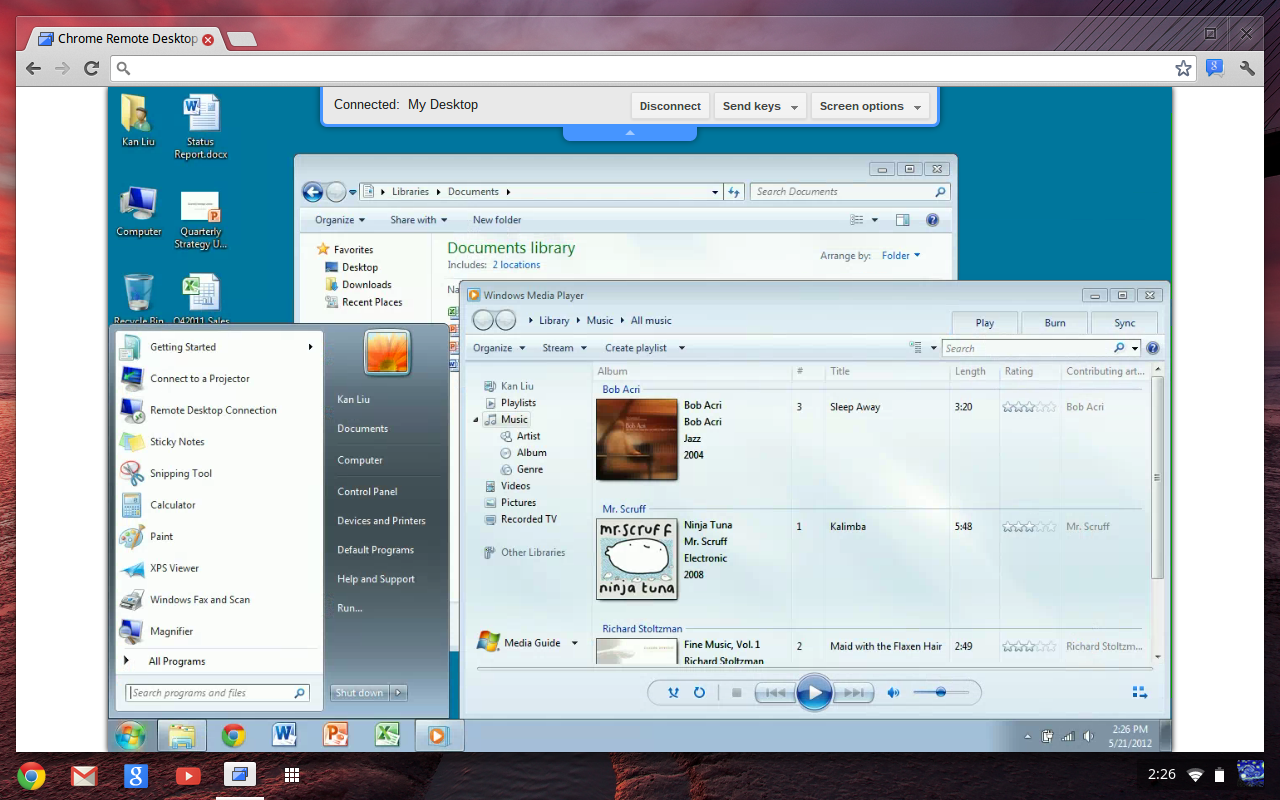

- #MICROSOFT REMOTE DESKTOP WORKSPACES INSTALL#
- #MICROSOFT REMOTE DESKTOP WORKSPACES WINDOWS 10#
- #MICROSOFT REMOTE DESKTOP WORKSPACES PRO#
- #MICROSOFT REMOTE DESKTOP WORKSPACES SOFTWARE#
#MICROSOFT REMOTE DESKTOP WORKSPACES WINDOWS 10#
There is, by the way, a fourth option for accessing PCs remotely in Windows 10: Quick Assist is a built-in Windows 10 feature that lets a local user and a remote user do things together on the remote user’s system.

If you do so anyway, you’ll have to launch the URDC version of Remote Desktop through the Microsoft Store thereafter. Don’t use MSRDC unless you’re working in an AD-supported environment with virtualization infrastructure. It comes in three flavors for different Windows 10 versions: 64-bit, 32-bit and ARM64.
#MICROSOFT REMOTE DESKTOP WORKSPACES INSTALL#
You must visit the Store, then download and install this version of Remote Desktop before it will run. URDC, is easily accessed via the Microsoft Store. Or type exe into the search or Run box (invoked by pressing the Windows key + R) typing mstc.exe inside a PowerShell or Command Prompt window works, too. Simply type remote into the Windows search box and select Remote Desktop Connection.
#MICROSOFT REMOTE DESKTOP WORKSPACES PRO#
#MICROSOFT REMOTE DESKTOP WORKSPACES SOFTWARE#
Note that a Windows 10 Home PC can control another PC remotely, but it cannot be remotely controlled using Microsoft remote desktop software (any variant). Built atop URDC, MSRDC sports the same, more modern interface. It’s called the MSRDC Windows Desktop, and it works through a local or Azure-based Active Directory (AD) environment with an associated email-based login, such as those with access to an AD (local or Azure-based) infrastructure, the MSRDC version of remote desktop does everything that the URDC version does, and it provides access to virtualized desktops and applications set for such use. There’s a third face to Remote Desktop also, but it’s designed to provide access to managed virtual machines (VMs) and virtualized applications via Azure (or equivalent in-house virtualized and managed infrastructures). It also makes controls and settings more directly available (through the Settings control at the upper right corner of the app window) and shows a thumbnail view for active connections so users can see what’s on a remote desktop. On the right, the newer Remote Desktop app (URDC) presents a sleeker, more modern appearance. The General tab offers controls for quick connections, with other tabs (Display, Local Resources, and so on) for more detailed controls over the remote PC’s appearance, resolution, performance, and so forth. It’s been unchanged for a more than a decade. On the left, you see the old application-style Remote Desktop Connection (MSTSC). IDGįigure 1: Old-style Remote Desktop Connection (RDC or MSTSC) on the left, newfangled Remote Desktop (URDC) on the right. Figure 1 shows these two remote desktop clients side-by-side on a current Windows 10 desktop.

Another is the newer Remote Desktop, a Universal Windows Platform app that Microsoft calls URDC, with package name Microsoft.RemoteDesktop_.0_圆4_8wekyb3d8bbwe. One is the old, familiar Terminal Server-based Remote Desktop Connection (RDC), also known as MSTSC for its executable name mstsc.exe. Ever need to access a computer remotely? It’s easy to do in Windows 10, but Microsoft has provided a few different ways to get there.


 0 kommentar(er)
0 kommentar(er)
